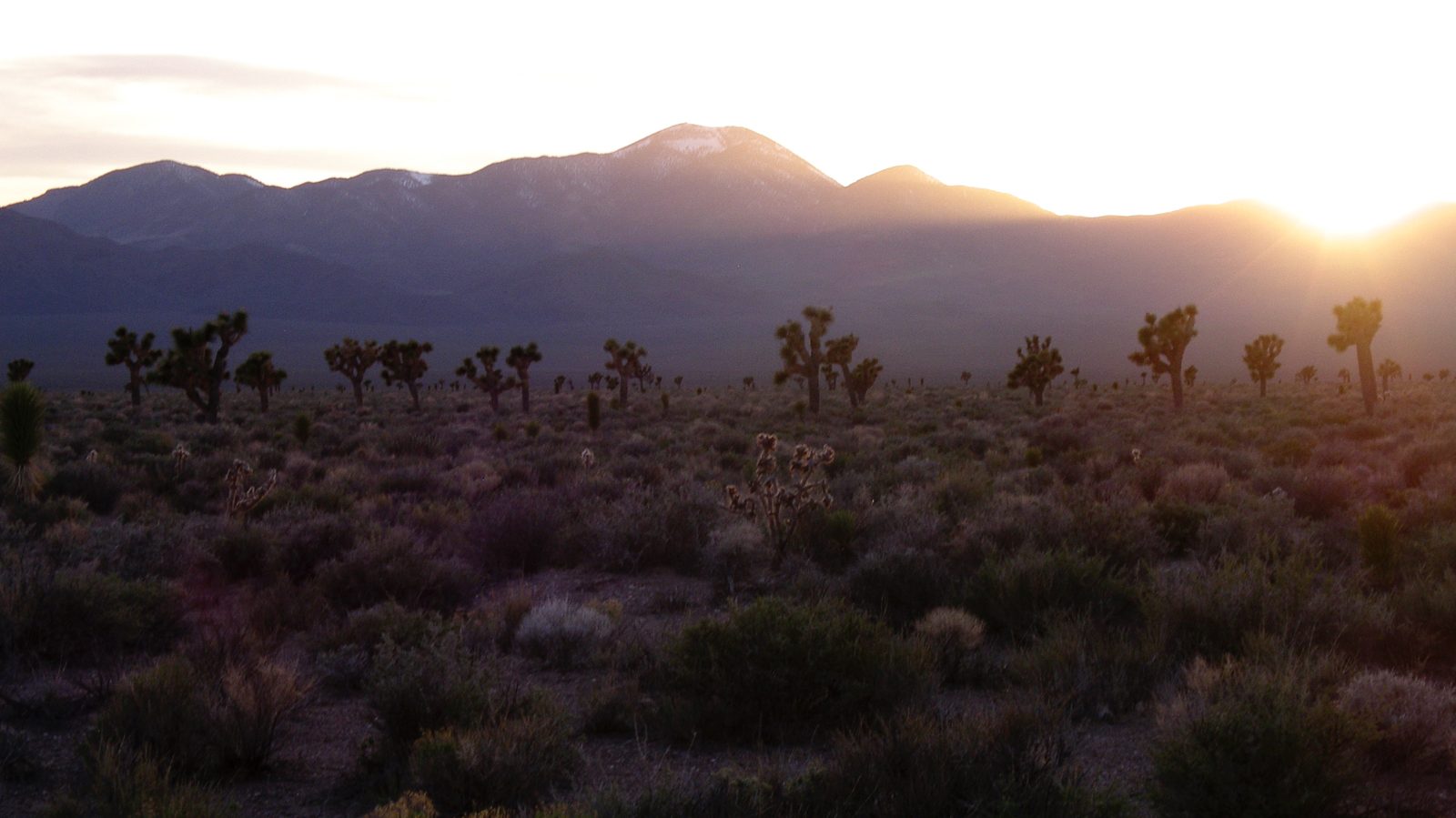The Living Desert funds cutting-edge DoveTail technology to assemble the Joshua Tree Genome
The Joshua tree genome project is excited to announce a new partnership with The Living Desert Zoo and Gardens. Through a very generous gift from The Living Desert, we will use DoveTail Genomics Hi-Rise Technologies to assemble the Joshua Tree Genome.
The genome is the complete set of DNA letters that spell out the ‘instructions’ for how to build an organism. By sequencing the genome of the Joshua tree we hope to be able to understand its evolutionary history, how it’s relationship with yucca moth pollinators originated and evolved over time, and how Joshua trees might adapt to ongoing global climate change.
This summer we started the process of decoding the genome. We have now completed “shotgun” sequencing of the genome, and are currently preparing ‘mate-pair’ libraries for sequencing. Unfortunately, the nature of the current technology is that each copy of the genome is broken into millions of tiny fragments, about 150 nucleotides (DNA ‘letters’) long. To produce a complete genome, these millions of fragments must be pieced together. Unsurprisingly, this is a very difficult task, and even using the most powerful super-computers available it is often impossible to completely assemble a genome.
The gift from The Living Desert will help us to solve this problem by collecting additional data using DoveTail Genomics technology. The DoveTail data will be combined with our existing assemblies using DoveTail’s proprietary algorithm, so that each of the partial assemblies can be linked together, creating much larger, continuous sections of the genome. DoveTail uses DNA’s natural tendency to bind with specific proteins (histones) to hold together large contiguous sections of DNA while preparing DNA libraries for sequencing. This effectively splits the assembly process into many smaller problems, making the whole task easier.

Figure 1: An illustration of genome assembly. Using shotgun sequencing, large sections of the genome remain unassembled (B) DoveTail genomics simplifies the process by grouping together pieces from the same part of the genome (C), making it easier to assemble the entire genome (D)
To understand how DoveTail technologies simplify the process of genome assembly, we might imagine the genome as a giant jigsaw puzzle (Figure 1A). While there are some parts of the puzzle (the pieces with text on them, for example) that are easy put together, most of the puzzle is a confusing jumble (1B). This is analogous to what we can achieve using just our existing ‘shotgun’ data – some of the genome is well assembled, but mostly it’s still highly fragmented. DoveTail effectively allows us to “sort” the pieces into piles that go together. So, continuing the jigsaw puzzle metaphor, if we were to peek at the picture on the box, we might see that the middle of the puzzle is a picture of a tree and figure out that all of the green-tinted pieces probably go together. With the pieces sorted into piles, we effectively have several smaller, easier puzzles instead of one big one (1C). Once we solve each of these smaller problems, finishing the whole puzzle becomes much easier (1D).
We are currently preparing genetic material for submission to Dovetail Genomics, and anticipate seeing our first results by next summer.
We are extremely grateful to The Living Desert for their generous support.


You must be logged in to post a comment.